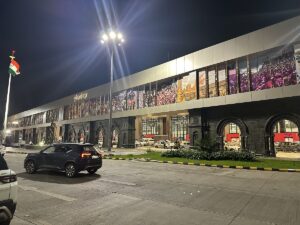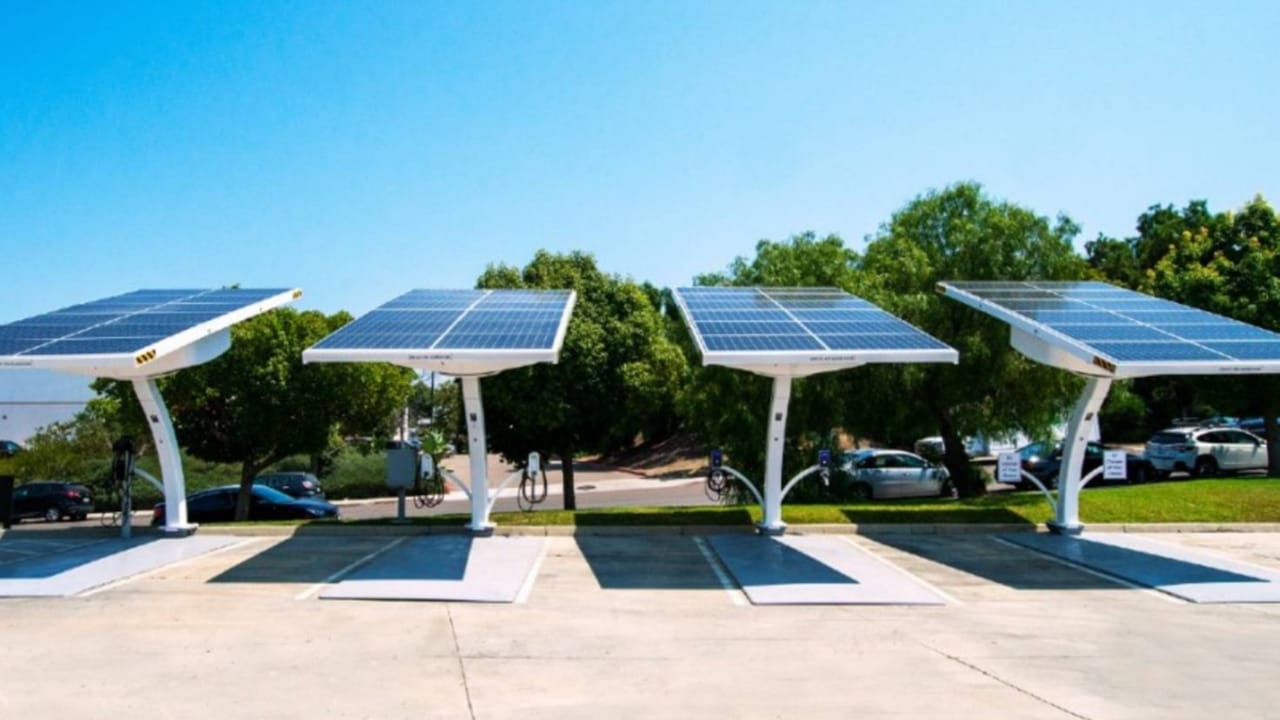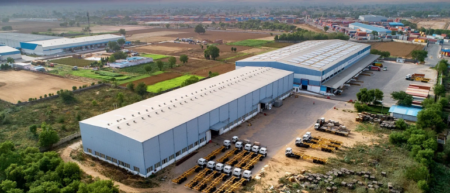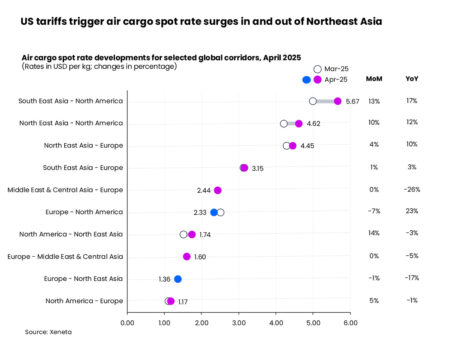Gain insights from industry experts as they dissect the Interim Budget 2024, providing valuable perspectives on its impact across various sectors and its role in shaping future economic trends.
Vipin Vohra, Chairman, Continental Carriers

Vipin Vohra lauds the government’s strategic measures to propel India towards a $5 trillion economy and developed status by 2030 and 2047, respectively.
He acknowledges the significant reduction in release times for import cargo, an achievement attributed to streamlined international trade processes. Proposing further enhancements, he advocates for the establishment of off-airport bonded warehouses and tariff rationalisation to amplify efficiency in cargo handling.
The announcement of the India-Middle East-Europe Economic Corridor aligns with PM Gati Shakti National Master Plan and sets the stage for global trade transformation. In response, Vipin Vohra anticipates increased opportunities for international cargo movement through Tier 2 and Tier 3 cities, emphasising the necessity for government-backed off-airport cargo handling warehouses at industrial hubs for seamless logistics.
Recommendations for Optimised Cargo Movement
In light of these developments, he emphasises the potential benefits of off-airport bonded warehouses, particularly in the form of Air Freight Stations, to alleviate congestion at Air Cargo Terminals. He suggests rationalising Cargo Handling tariffs by Cargo Terminal Operators, anticipating an overall reduction in logistics costs.
He recommends simplifying regulatory norms and adopting a ‘single window’ procedure for obtaining approvals, aiming to enhance world-class infrastructure at Inland Container Depots, Air Cargo Terminals, and other relevant facilities.
Praising the India-Middle East-Europe Economic Corridor
The corridor, described by the Hon’ble Prime Minister as the basis of world trade for years to come, aligns with India’s commitment to global economic development and sustainability.
Beyond streamlining global cargo flow, Vohra envisions a reduction in overall logistics expenses and transit times. This landmark development is seen as a significant milestone in the Indian logistics industry, aligning with the PM Gati Shakti National Master Plan and National Logistics Policy.
Optimism for Tier 2 and Tier 3 Cities
Vohra is optimistic about the modernisation of airports in Tier 2 and Tier 3 cities, citing the 11 percent increase in overall infrastructure expenditure. The creation of railway economic corridors and enhanced multi-modal connectivity under the PM Gati Shakti Yojana is seen by him as a catalyst for international cargo movement through these cities, fostering commercial development.
In advocating for the optimal utilization of multi-modal connectivity, he suggests creating off-airport cargo handling warehouses at industrial hubs with government incentives. The goal is to expedite the movement of ‘ready for carriage’ cargo from Tier 2 and Tier 3 cities to major airports for international destinations, aligning with the government’s vision for a robust and efficient logistics ecosystem.
Shashi Kiran Shetty, Founder & Chairman, Allcargo Group
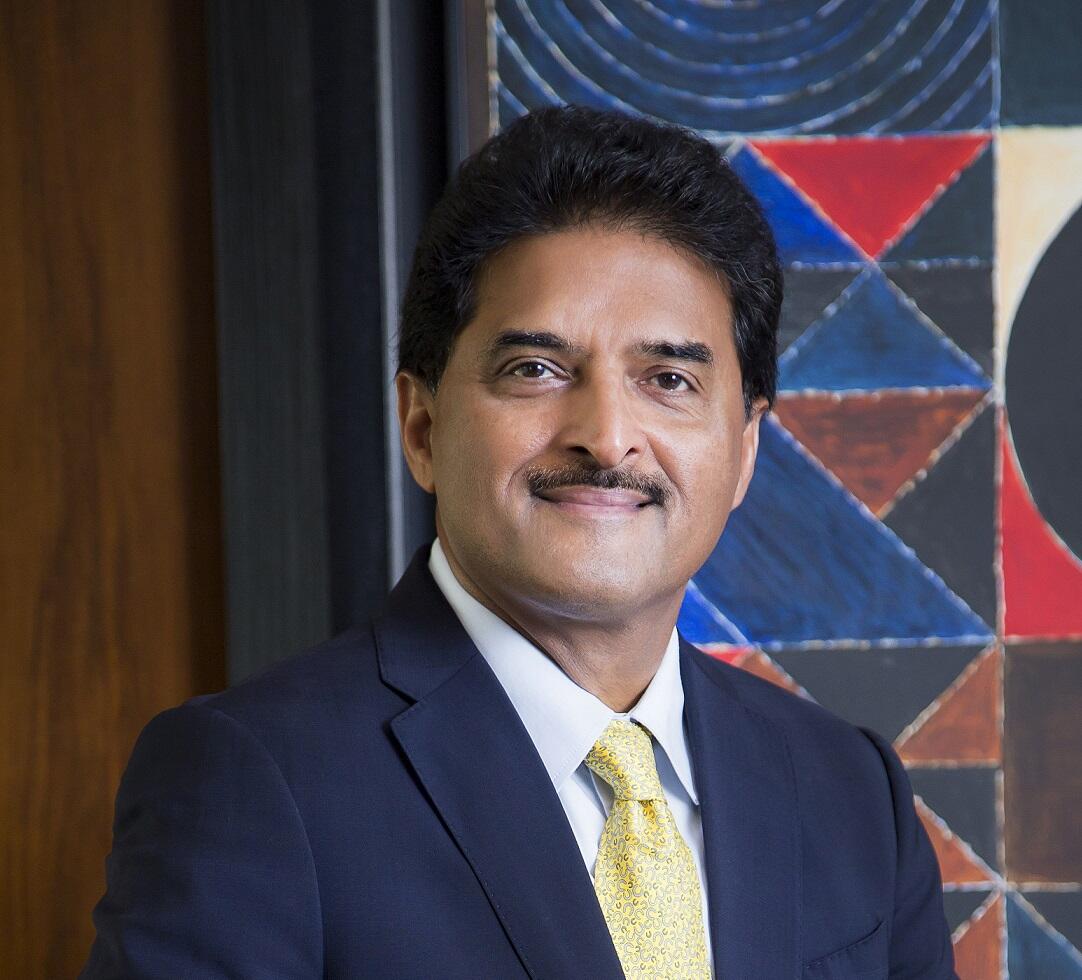
The budget has laid the roadmap for robust, inclusive, and widespread development to turn the goal of Viksit Bharat, or developed India, into a reality. The country is geared to enter an accelerated phase of growth, keeping environmental sustainability as its key focus. The budget demonstrates the government’s vision to facilitate green growth and a transition to renewable energy.
The viability gap funding to build 1 gigawatt (GW) of offshore wind energy will pave the way for the diversification of the renewable energy portfolio, making India resilient in renewable energy. The budget has green-lighted an era of resource-efficient and sustainable economic growth to become globally competitive. The announcement of large credit availability to the private sector will have a multiplying impact on infrastructure development and overall economic progress.
For the logistics industry, the budget proposal to develop an enabling EV ecosystem by strengthening manufacturing capabilities and charging infrastructure is extremely encouraging. We are aligning our operations with the country’s sustainability goals.
The continued capex boost will further accelerate progress towards a fully developed and efficient multimodal logistics system critical to making India a global manufacturing hub. The focus on developing port connectivity, railway corridors, and decongesting high-traffic corridors will usher in a new era of logistics efficiency. All in all, it’s a growth-focused budget that has ticked all the important boxes.
CK Govil, President, ACAAI; Managing Director, Activair Airfreight

A growth- and job-oriented budget aims to propel India towards achieving developed country status by 2047 during the Amritkaal period. The interim budget reflects the confidence of continuity, which will empower all four pillars of Viksit Bharat: Yuva, Garib, Mahila, and Kisan.
In addition to building the modern infrastructure of the 21st century, the budget proposes to provide innumerable job opportunities for the youth of India.
Yashpal Sharma, Managing Director, Skyways Group

The interim budget for 2024 continues the government’s past reform agenda. This budget is focused on policy continuity and fiscal consolidation. It is heartening to see the Capex for infrastructure increase by 11.1%. This means more investment in roads, airports, ports, and other related infrastructure, which will boost air cargo and logistics. Three new rail corridors will surely pave the way for faster surface movement and a reduction of the load on roads.
The Finance Minister and the Prime Minister are in sync, saying that we are moving into the Golden Era of our economic journey. India is likely to be the third-largest economy by 2027 and reach USD 7 trillion by 2030 or earlier.
Air Cargo and the entire logistics industry are hopeful that more positive things will happen in the coming months, post our general elections that will be announced soon.
Varun Gada, Director of LP Logiscience- A Liladhar Pasoo Company

The emphasis on further strengthening connectivity and building transport infrastructure in this interim union budget is a significant boost to the existing efforts to reduce logistic costs. The railways and port connectivity will help strengthen domestic supply chains and enable 3PL service providers to offer efficient and sustainable supply chain solutions. The development of airports and connectivity to tier 2 and tier 3 towns will also help drive speed to market for manufacturers across India.
The focus on upskilling and vocational training for youth is also a welcome step, which will translate into job-ready professionals across sectors, including logistics and warehousing.
Amit Maheshwari, CEO, Softlink Global
He enthusiastically welcomes the initiatives introduced in the Indian government’s Interim Budget 2024-2025. The focus on enhancing logistics and intermodal transportation through the PM Gati Shakti plan, particularly the development of three major economic railway corridors, is a transformative move. This will significantly boost logistics efficiency and reduce operational costs.

Additionally, the establishment of a one lakh crore rupee corpus for interest-free loans to support innovation is a commendable step. It will empower the private sector in advancing research and development, particularly in emerging technologies and defense sectors, resonating with our focus on integrating cutting-edge technology in logistics.
Furthermore, the government’s initiative for green growth through bio-manufacturing and bio-foundry is another area to welcome. This move towards sustainable and eco-friendly manufacturing practices reflects a global shift towards environmental responsibility, an aspect critically important in the logistics and supply chain sector.
These initiatives collectively represent a significant advancement in technology, logistics, and sustainable practices, and offer immense potential for companies to innovate and contribute towards a more efficient and sustainable future in India’s logistics landscape.
Anuj Puri, Chairman – ANAROCK Group

As anticipated, the Interim Budget 2024 made no big-bang announcements, but it continued its focus on infrastructure upgrades and building connectivity across the country. This will benefit real estate growth not only in the top cities but also in Tier 2 and Tier 3 cities across the country.
The FM made some announcements that will benefit the sector both directly and indirectly:
- PM Awas Yojana (Gramin): Despite all the challenges, the implementation of this scheme continued, achieving the target of close to 3 crore houses and now aiming for 2 crore more houses to be taken up in the next five years.
- Housing for the middle class: The government will launch a scheme to help deserving sections of the middle class, living in rented houses or slums, or chawls and unauthorised colonies, buy or build their own houses. This is likely to free up encroachment areas like slums for easier redevelopment.
- Capex outlay allocation to be increased by 11.1% to INR 11,11,111 lakh Cr, accounting for 3.4% of GDP: This will unlock the potential for real estate development across assets because a major part of this allocation will be used for various infrastructure upgrades and new projects.
- Transit-oriented development in urban areas: This may give a boost to housing demand in cities and lead to a rise in residential prices.
- Development of iconic tourist centres: This is likely to favourably impact the hospitality sector with hotels and restaurants across categories. Moreover, long-term loans are proposed to states for tourism.
- Extending tax benefits to startups for another year: This may help office real estate rejuvenate.
Key unmet expectations
- Industry status: The industry has been requesting industry status for years, believing it would unlock benefits like easier access to credit, tax breaks, and infrastructure development. This wasn’t explicitly addressed in the interim budget.
- Tax benefits: Tax incentives for homebuyers, such as increasing the deduction limit on home loan interest under Section 24, were expected. The interim budget remained silent on this as well.
- Affordable housing: Boosting allocations for schemes like PMAY (Urban) to improve affordability and encourage new projects in this segment was a key expectation. No major announcements appeared in the interim budget regarding this either.
While the interim budget didn’t directly address the real estate sector’s key demands, the upcoming Union Budget might hold more concrete measures addressing industry concerns and potentially impacting market trends.


